Look and Feel:
Honed Marble counters have a satin finish and are not reflective. The counter tops will appear as a classic matte and feel velvety on the surface.
Characteristics:
Being that honed finishes are etched rather than shiny, they will not easily show scratches and abrasions. Since etching can happen from the simplest things such as a lemon juice spill, honed marble is a very popular choice for kitchen worktop surfaces.
On the other hand, honed counters will soak up cooking oils and drink spills easier. You can opt to have your honed marble counter sealed, which will help with absorption of liquids and staining.
Where to apply it:
Since honed counters show less wear and tear when scratched and scuffed, they are mostly used in high traffic areas such as main kitchen counters and as flooring in either kitchen or bathroom areas.
Maintenance and Repair:
Once liquids spill on the surface of a honed marble, wipe it off asap! Do not use regular soap on honed marble, this may cause additional staining. Instead, use mildly abrasive household cleaner with a small amount of bleach. You can also lightly sand honed marble. Since the material is not polished, sanding it will remove the absorbed stain without changing the appearance of the counter.
Polished Marble:

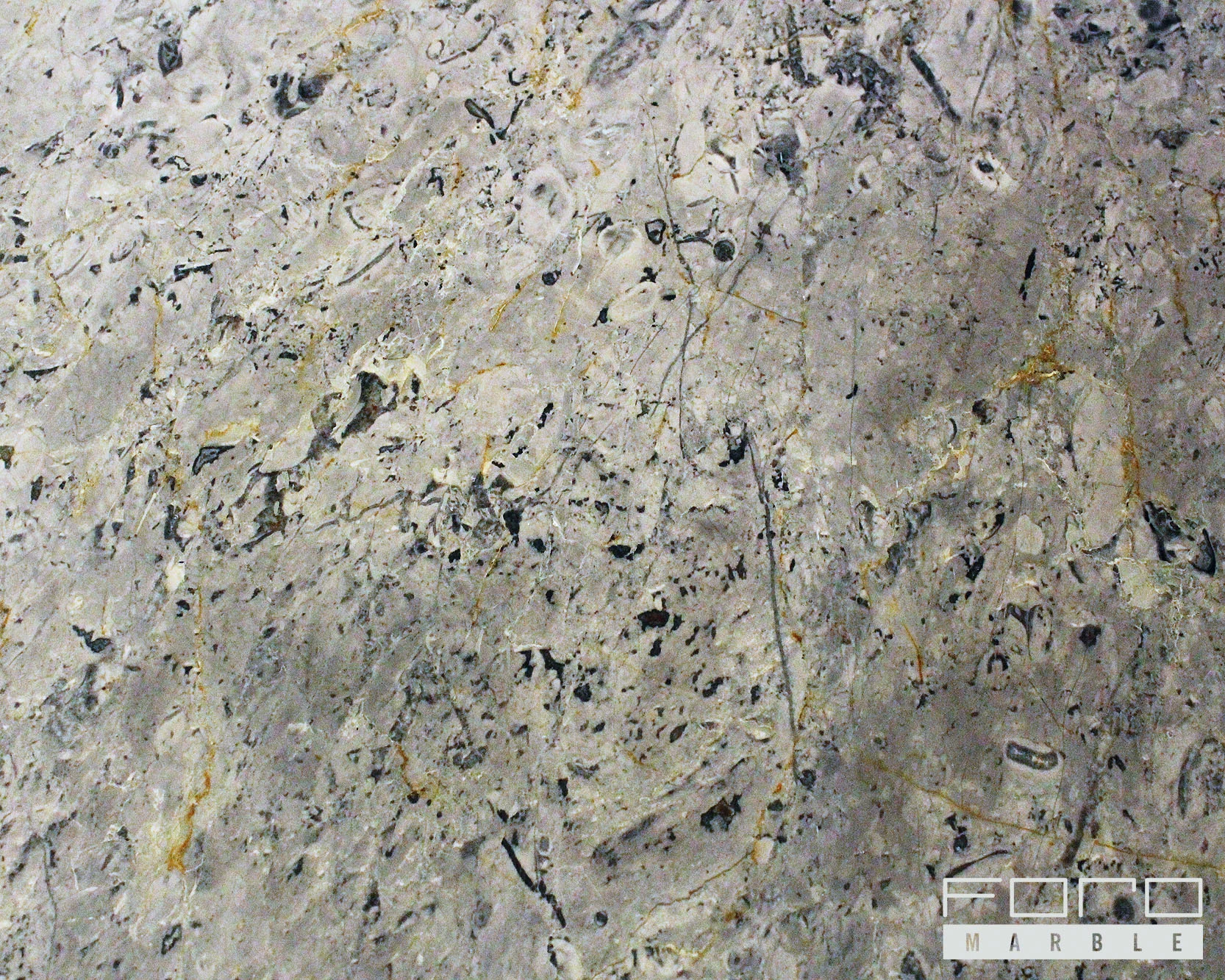
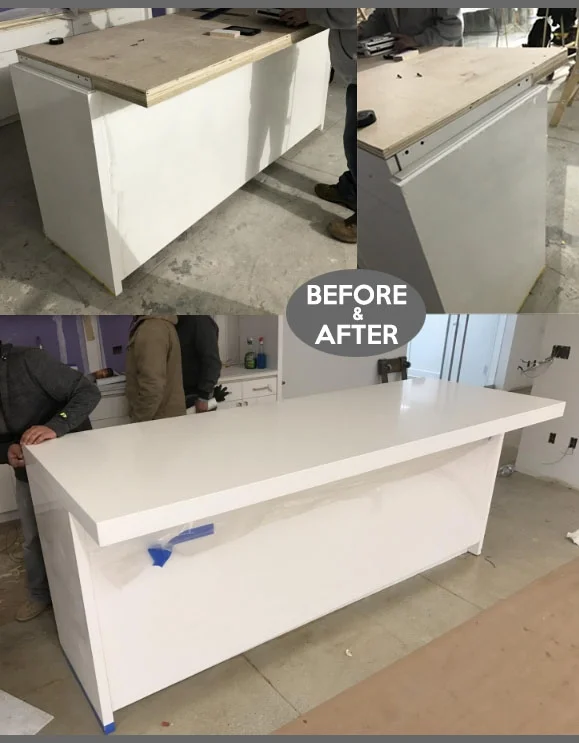


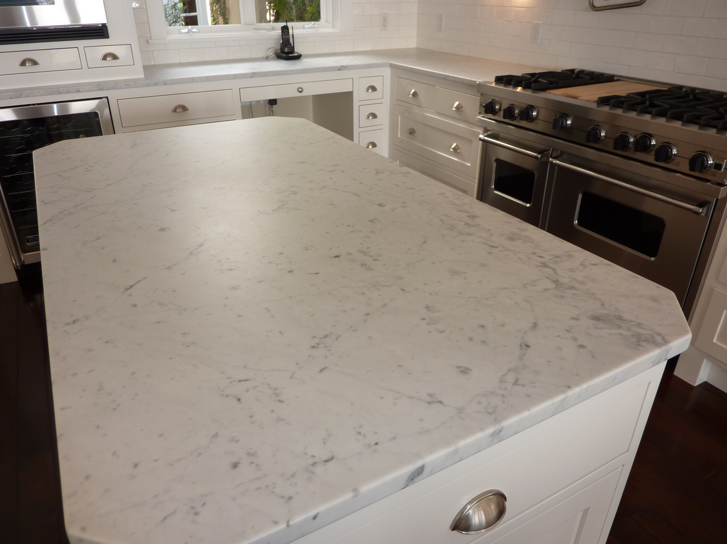
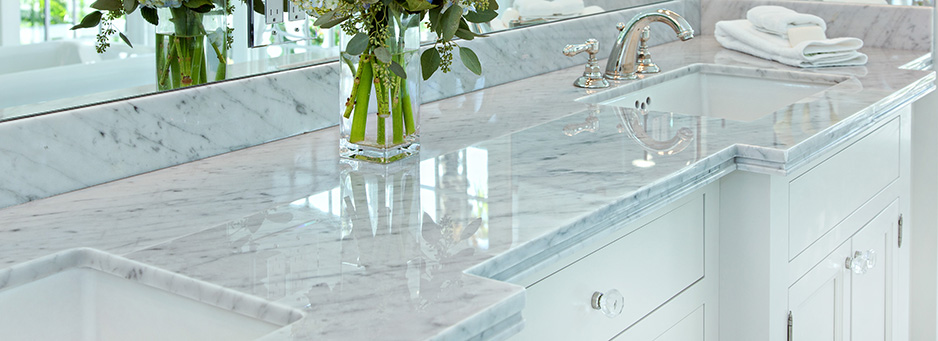



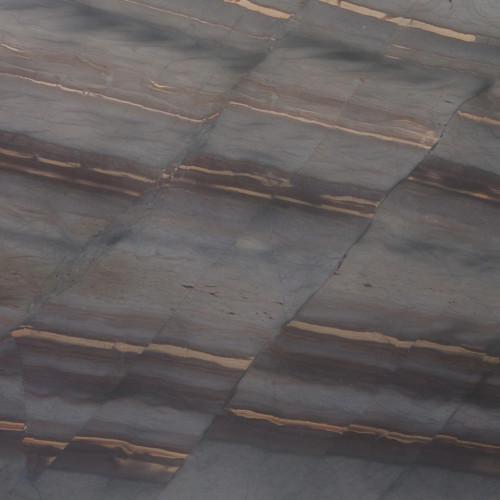
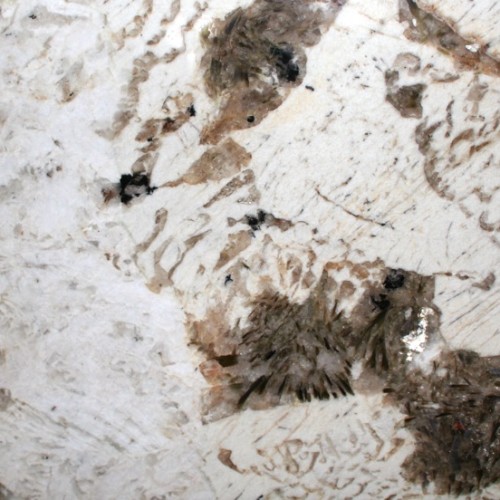
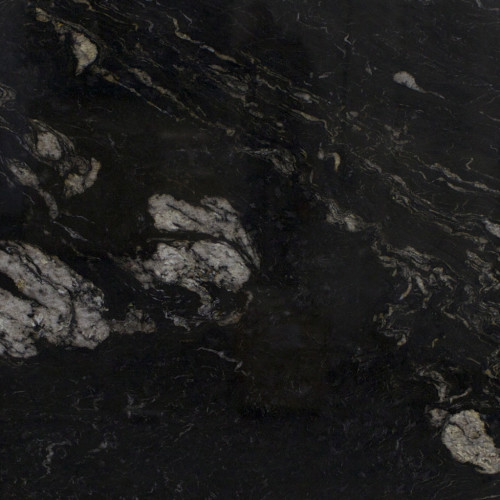
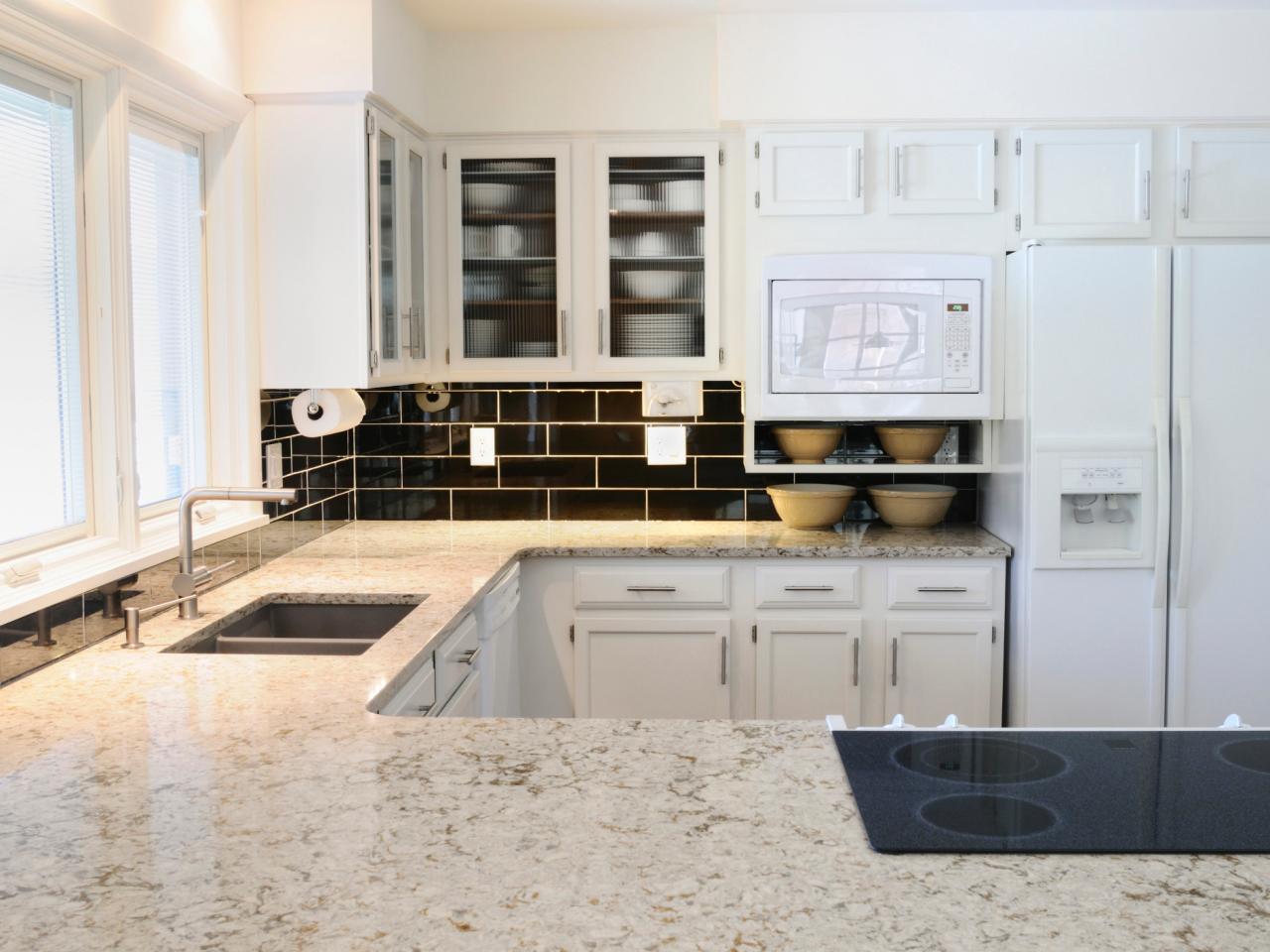
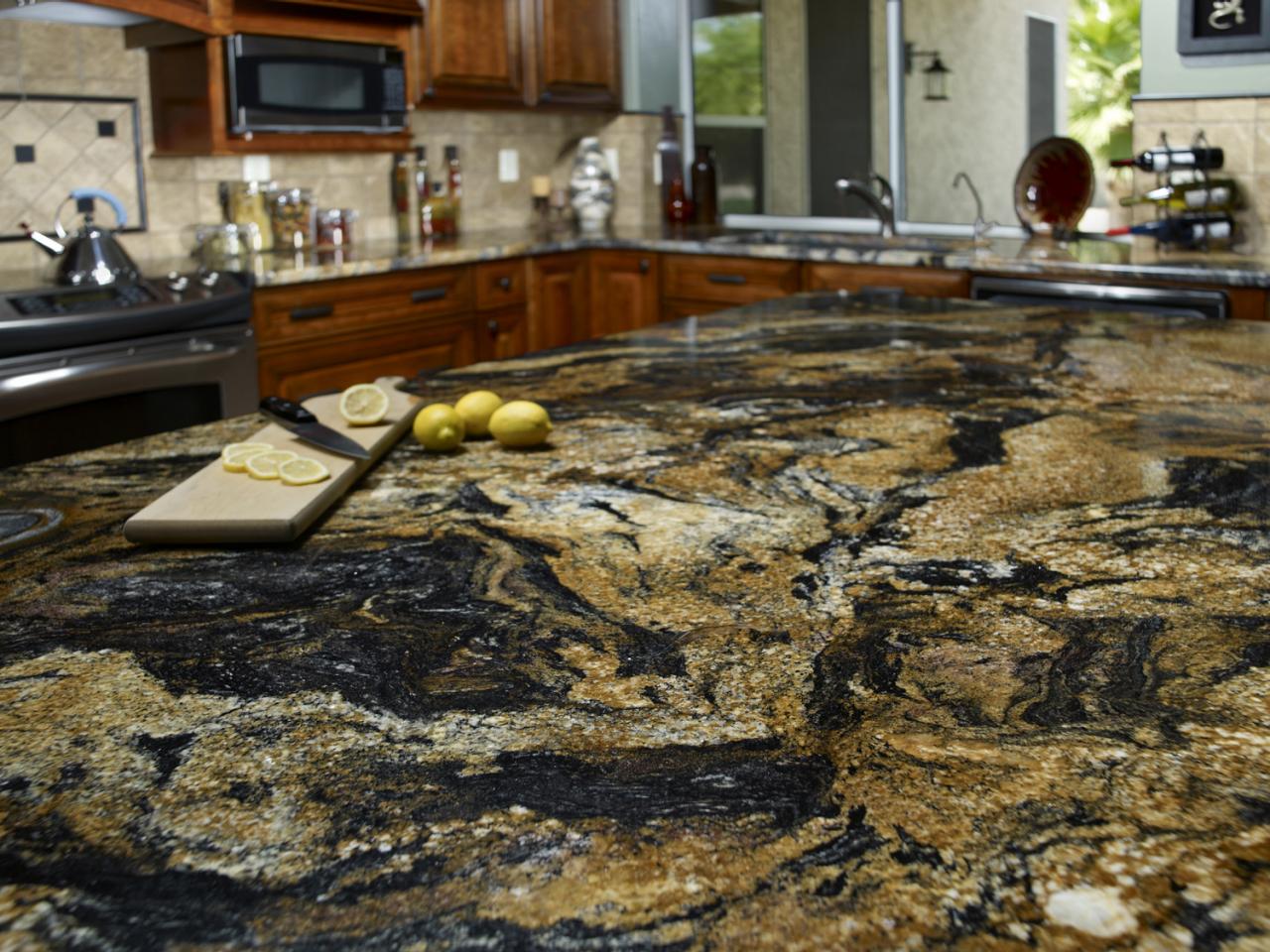




![20160428_152010[1].jpg](https://images.squarespace-cdn.com/content/v1/5651dd49e4b0a376ef80cafd/1462895278840-RG3YLMKQBUB02GQFA208/20160428_152010%5B1%5D.jpg)
![20160426_102154[1].jpg](https://images.squarespace-cdn.com/content/v1/5651dd49e4b0a376ef80cafd/1462895444187-FWBCETVLLWCYUXA2IAFW/20160426_102154%5B1%5D.jpg)
![20160426_101816[1].jpg](https://images.squarespace-cdn.com/content/v1/5651dd49e4b0a376ef80cafd/1462895551703-I8EL011T8P2HKSF54SQJ/20160426_101816%5B1%5D.jpg)






